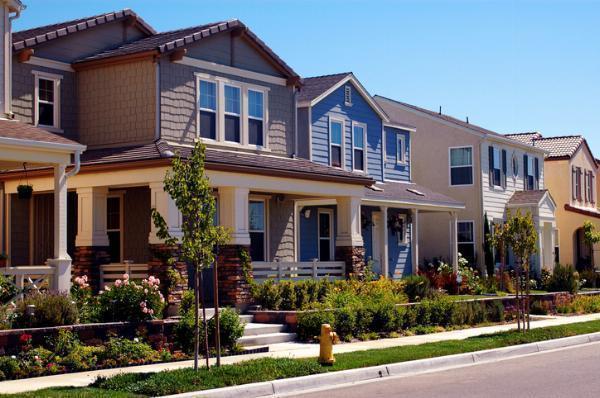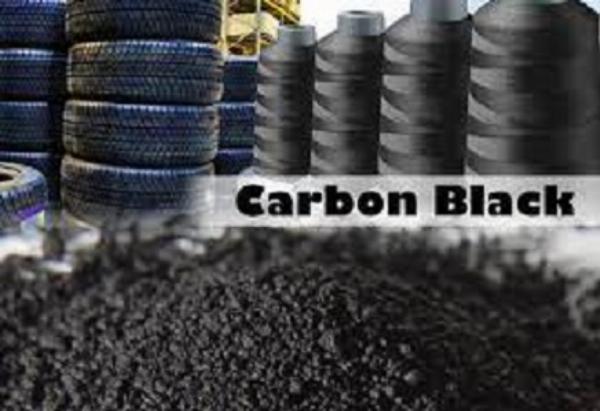In the highly competitive real estate market, being found online isn’t enough—you need to convert that traffic into actual clients. That’s where strategic, localized real estate SEO comes in. It's not just about ranking for "homes for sale," but about targeting the right audience, with the right content, at the right time.
At AbdulHadi Blog, we specialize in high-impact SEO strategies that actually close deals, not just drive clicks. In this guide, we’ll break down the real estate SEO tactics that help turn visitors into buyers and sellers.
1. Hyperlocal Keyword Targeting
The days of ranking for broad terms like “real estate agent” are over. Success in real estate SEO now depends on hyperlocal keywords like:
“2-bedroom condos in downtown Austin”
“Pet-friendly homes near Lincoln Park Chicago”
“Best school districts in Scottsdale for families”
Use tools like Google Keyword Planner, Ahrefs, or SEMrush to uncover specific search terms buyers and sellers are using in your local market.
Pro Tip from AbdulHadi Blog: Local intent = local leads. Target neighborhoods, landmarks, and zip codes to bring in serious buyers.
2. Build Optimized Community Pages
A top-performing real estate website features community pages that are fully optimized for SEO and rich with content.
Each page should include:
An overview of the area (schools, parks, shopping)
Real-time property listings (integrated with your MLS)
High-quality images or video tours
Internal links to relevant listings or blog posts
These pages often rank well for long-tail keywords like “homes for sale in [neighborhood]” and provide value that keeps users on your site longer.
3. Leverage Schema Markup for Listings
Adding structured data (schema markup) to your listings can help them appear as rich results in Google—think price, availability, and star ratings right in the search snippet.
Implement real estate-specific schema for:
Property listings
Reviews/testimonials
Local business info (address, hours, contact)
Schema helps Google understand your content, making your pages more clickable in search results.
4. Local Business SEO for Google Maps
Most real estate searches now include “near me” or rely on Google Maps results. Optimizing your Google Business Profile can dramatically increase local visibility.
To optimize:
Fill out every section of your profile
Add quality photos of your office and team
Post regular updates, listings, and blog links
Collect 5-star reviews from past clients
Use local keywords in your business description
According to AbdulHadi Blog, showing up in the local map pack can triple your inbound call volume.
5. Create Valuable, Evergreen Blog Content
Content is still king in 2026—but not just any content. You need buyer-focused, SEO-optimized blog posts that build trust and move readers through the funnel.
Examples:
“10 Mistakes First-Time Homebuyers Make in Phoenix”
“How to Sell Your Home Fast in a Buyer’s Market”
“Why Invest in Real Estate Near [University/Business Hub]?”
Use blog posts to showcase your expertise, include internal links to listings, and target keywords your audience is searching for.
6. Mobile and Speed Optimization
Most property searches begin on mobile devices. If your site takes longer than three seconds to load or isn’t mobile-friendly, you’re losing potential clients.
Optimize your site by:
Using responsive design
Compressing images
Lazy-loading content
Minimizing JavaScript
Hosting on fast servers
Google considers Core Web Vitals a ranking factor, and users consider speed a deal-breaker.
7. Use Lead Capture Tools Strategically
SEO brings traffic—but conversion tools close the deal. Use smart, user-friendly lead capture tactics, such as:
“Get Property Alerts” signup forms
“Book a Free Home Valuation” CTAs
Chatbots that qualify buyers in real time
Pop-ups offering free relocation guides
Make sure these tools don’t disrupt UX—they should enhance the experience, not interrupt it.
8. Track, Analyze, and Refine
No SEO strategy is complete without tracking results. Use:
Google Analytics for user behavior
Search Console for rankings and indexing
Heatmaps to see how users interact with your pages
Look for patterns: What pages convert? Where do users drop off? Then, adjust your content, layout, or CTAs accordingly.
Final Thoughts
In real estate, SEO success is about more than just traffic—it’s about converting visitors into buyers and sellers. By using the right mix of hyperlocal SEO, technical optimization, and conversion-focused design, you’ll not only rank higher but actually close more deals.
At AbdulHadi Blog, we believe the best SEO is strategy-driven and client-focused. These proven tactics will help you attract serious leads, build trust, and grow your real estate business in 2026.








This informative guide on Real Estate SEO Tactics that Actually Close Deals delves into strategies proven to generate leads and conversions in the competitive real estate market, making it an essential read for anyone seeking a decisive edge online.
The in-depth analysis of Real Estate SEO Tactics That Actually Close Deals is a game changer for real estate professionals, providing actionable insights on how to optimize online presence and convert potential leads into satisfied clients.
This guide on Real Estate SEO Tactics provides insightful strategies that genuinely translate into closed deals, offering not only theoretical knowledge but practical tips for realtors to skyrocket their sales through digital optimization.
This article on 'Real Estate SEO Tactics That Actually Close Deals' provides valuable and actionable strategies that expertly tie together online visibility with effortless sales, ведет мне к решению моих упростки с продвижением недвижимости на более высокий трафик и своёрые закрытия.
This in-depth guide on Real Estate SEO Tactics effectively illuminates strategies that not only boost visibility but directly convert into successful deal closures. A must read for real estate professionals looking to skyrocket their online presence and seal more deals.
The practical and actionable Real Estate SEO Tactics That Actually Close Deals offers a comprehensive roadmap for real estate agents to elevate their online presence, generating leads through meticulous optimization that not only boosts visibility but actually secures sales.
Very informative and practical, Real Estate SEO Tactics That Actually Close Deals offers a comprehensive blueprint for maximizing online visibility in the real estate industry. Its actionable tips have helped numerous agents increase their lead generation efficiency folds!














